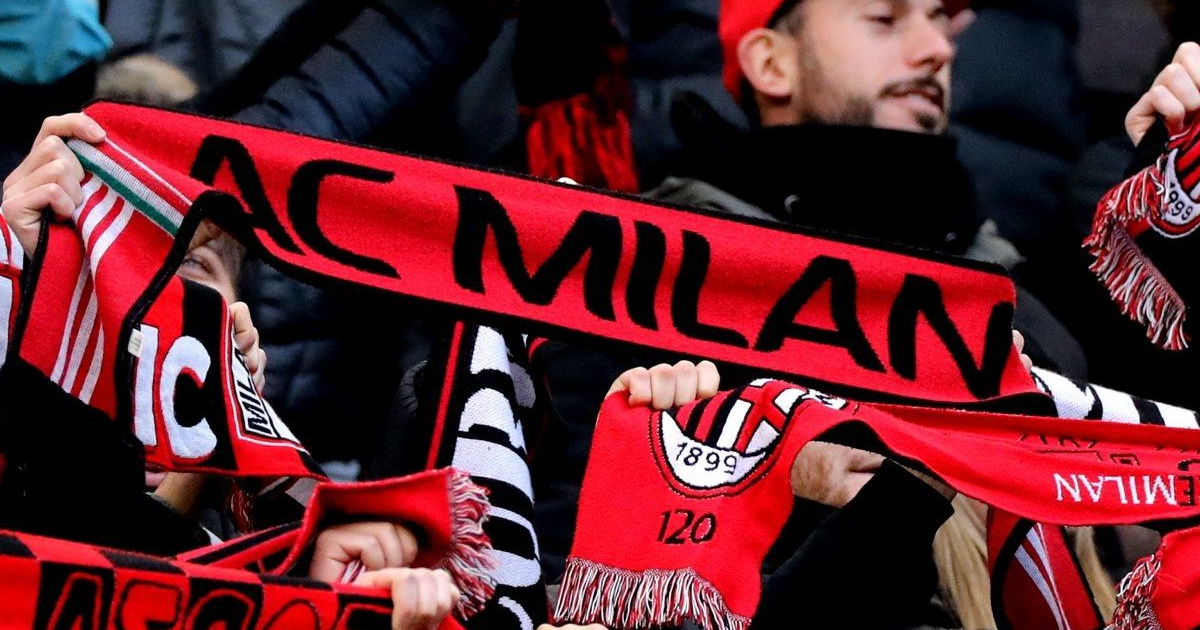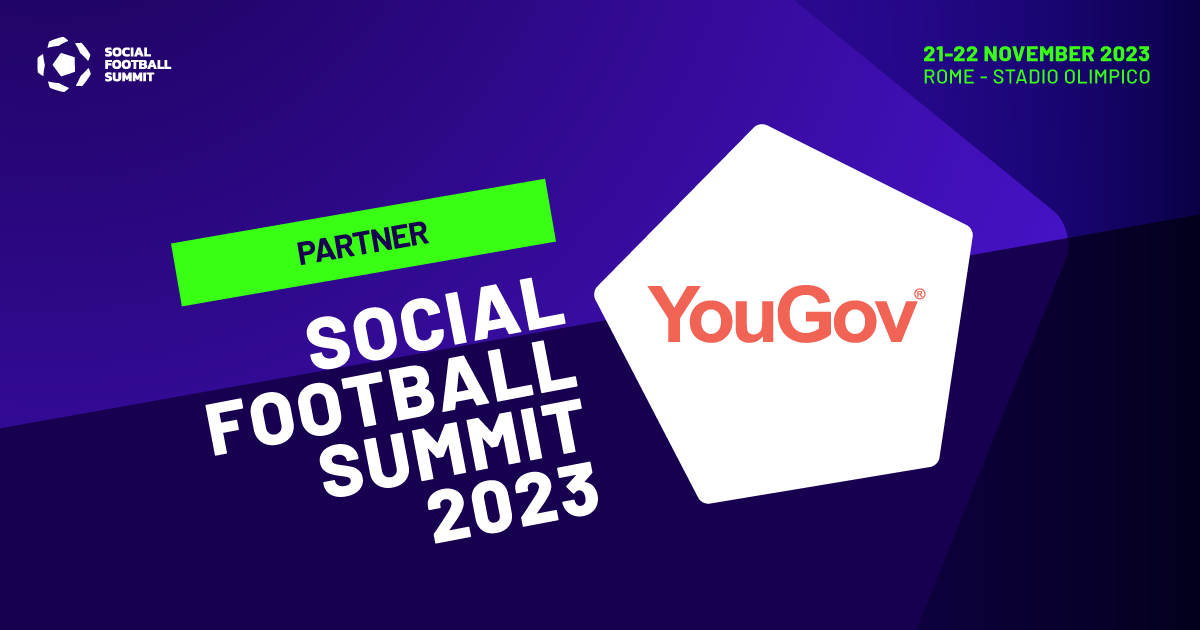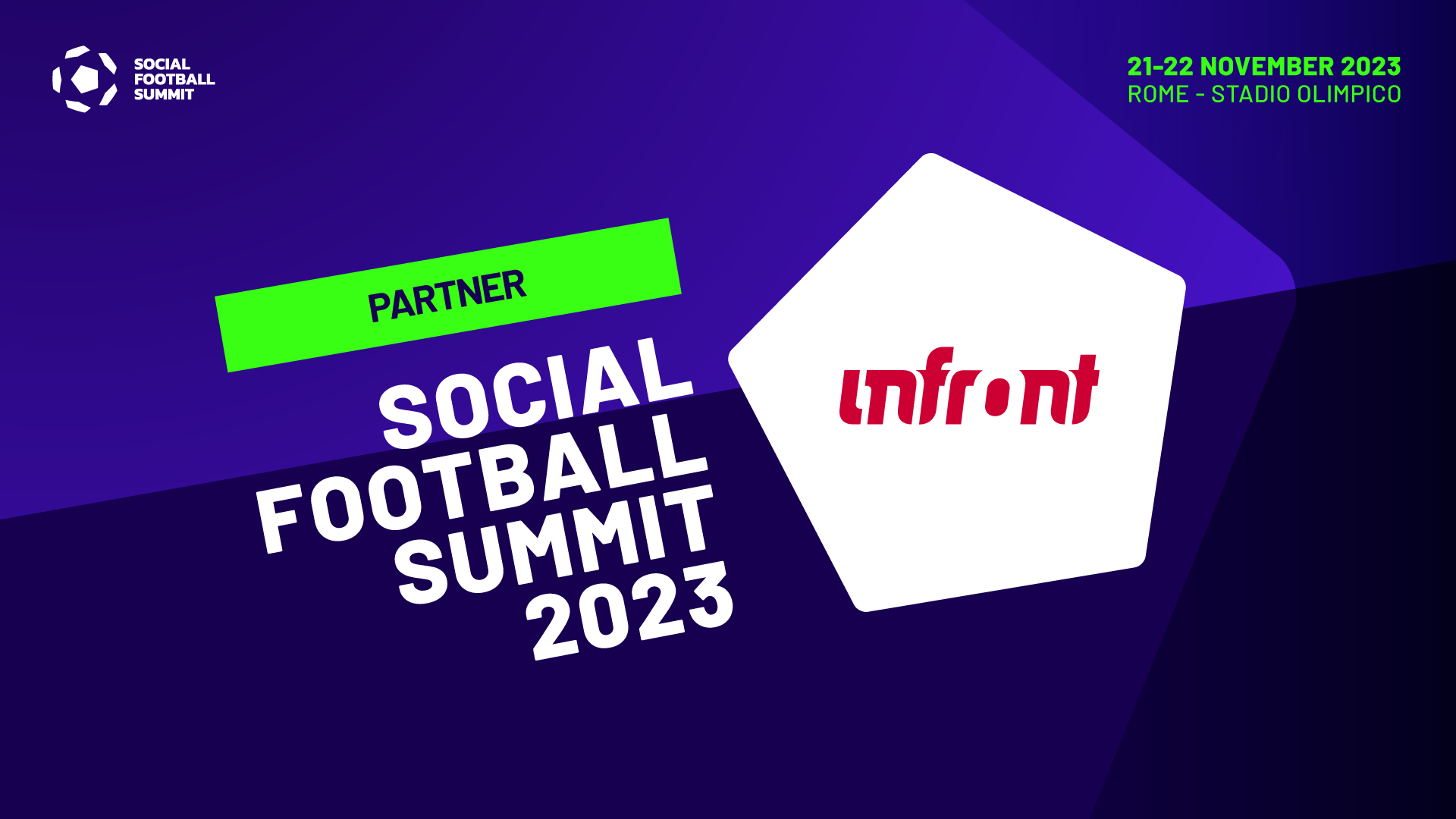In July 2018, Milan entered a new era after years filled with difficulties.
The 2011 Serie A title had been the last triumph of the Berlusconi era, before a technical and, in part, economic decline that had taken the Milan club away from the elite of European football.
The sale to Yonghong Li did not change the trajectory that was already on a downward path. What changed everything were the Americans.
Elliott Fund, on July 10, 2018, announced that they had taken control of the club from the Chinese entrepreneur due to non-compliance with obligations.
At that time, Milan was a struggling club in every aspect: consistently outside the top four in Serie A, financially constrained by Financial Fair Play (FFP) regulations, and with a brand whose potential was far from being fully utilized.
Li’s departure, and the personal involvement of Paul Singer, marked a turning point, giving the Rossoneri a clear, defined, and concrete plan.
Recovery and the Sacrifice of European Competitions
First and foremost, Milan had to start winning again. Between 2013 and 2018, the Rossoneri had finished in eighth, tenth, seventh, sixth, and fifth place.
A sharp decline for a club with Milan’s historical prestige.
The decision to forgo the 2018 Europa League was a fresh start, in some ways a point of no return; it resolved the dispute with UEFA, sacrificing a European season to rebuild the club’s economic (and political) standing.
From that point on, Milan adopted a clear direction, especially in the transfer market: the focus became young players with potential, to be acquired and nurtured.
The management of Sandro Tonali epitomizes this sports strategy. Today, the Rossoneri have been completely financially rehabilitated, with steadily increasing revenues.
Reshaping On-Field Success
2019 marked the beginning of a new era. Paolo Maldini and Zvonomir Boban returned to Milan, Stefano Pioli was chosen as the head coach in October, replacing Giampaolo. In the summer, some talents who had become symbols of the club arrived, such as Theo Hernandez and Rafa Leao.
After six months of adjustment, the Milan machine started to gain momentum. Following the interruption of Serie A due to the COVID-19 pandemic, Milan surged ahead and returned to European competitions after several seasons.
This marked the start of the comeback: year after year, the Rossoneri improved their sporting performance. First, they made their return to the Champions League, then won the 2021 Serie A title, and finally reached the Champions League semi-finals last year.
Reviving the Brand
On-field successes and a team that had reestablished itself among the top ten in Europe clearly helped the Milan brand.
During the “banter era” on social media, Milan was essentially a sleeping giant. AC Milan is the most famous Italian football brand in the world, as demonstrated by Yougov, due to the club’s great continental and global successes during the Berlusconi era.
The resurgence of Milan commercially was not solely driven by results but also by the approach taken by the new ownership.
Elliott immediately focused on the American market, and over time, the Rossoneri made significant strides in the United States and also in China. After Real Madrid and Barcelona, AC Milan is one of the most recognized football clubs in the American market.
The summer tour in the United States was indicative of the club’s ambitions, as they forged valuable commercial partnerships, such as deals with New Era and Idealista.
The shift in sponsorships was also emblematic: in 2018, Milan parted ways with adidas and seemed close to ending its partnership with Fly Emirates. Puma became the technical sponsor, and Elliott persuaded the airline to remain on the Rossoneri jerseys.
The result? The earnings from these partnerships more than doubled. For example, at the time of the 2018 signing, Puma guaranteed Milan €14 million, which increased to €30 million with the renewal in June 2022.
The same occurred with Fly Emirates: in 2020, they renewed the sponsorship at €10 million, a decrease from the previous €14 million agreement.
On December 15, 2022, Milan announced another extension with the airline, with revenues jumping to €30 million.
Full San Siro Stadium, Awaiting the New Stadium
Not only did brands reconnect with Milan, but the fans did as well. In the 2014-2015 season, AC Milan averaged 36,661 spectators per match. Eight seasons later, the situation had completely reversed: San Siro, once half-empty, was now consistently full, with the 2022/23 season attracting 71,880 people per match at the San Siro.
This was exactly double the previous attendance. Sporting success played a role, but the Americans also changed ticketing policies, generating interest and adjusting prices.
In this way, Milan filled the stadium whether they were playing against Lecce or Salernitana, or, of course, in the Champions League semi-final against Inter.
All of this with an underlying goal: to provide Milan with a stadium of its own, which would further boost revenues. Work has been ongoing in this direction, with a potential stadium ownership plan that could materialize by 2030.
Marketing and Visual Identity
As mentioned, Milan allocated a significant budget to rebuild its marketing department and visual identity. For the latter, the agency DixonBaxi, which worked on the rebranding of the Premier League, was involved. The Rossoneri decided to appeal to a younger audience, adopting modern colors and forms and embracing the world of fashion.
This shift benefited marketing, and functional choices were made in the realm of football as well. While Christian Pulisic, the “Captain America” of Milan, was indeed a highly functional player for Stefano Pioli, his arrival in Milan had a remarkable impact in further establishing the Rossoneri brand in the United States, a market where the club naturally has significant aspirations. Sales of his jerseys skyrocketed, illustrating how on-field performance and marketing can coexist.
An interesting turning point by one of Italy’s most innovative clubs.
Social Media at the Top
The social media networks of the Rossoneri have also been working exceptionally well.
The Milan Media House is dedicated to producing high-quality content, and the club’s social media following grows daily. Moreover, the club has introduced innovations, such as taking questions from fans via Twitch for Pioli.
In a digitally connected world, Milan, driven by the Americans, recognized the importance of staying online.
With 65 million followers across all social media platforms, the Rossoneri are the second most followed Italian club in the world, behind Juventus and ahead of Inter.
From Elliott to Redbird
In the summer of 2022, there was a significant change. Fresh off winning the Scudetto, Paul Singer decided to step aside, and Gerry Cardinale, the head of the US-based Redbird fund, acquired the club for €1.2 billion.
For Elliott, there was a substantial profit, with the Milan club growing significantly in value during their four-year ownership, as confirmed by Forbes.
However, Cardinale did not change the management direction; the focus remains on the virtuous project, with high ambitions.
Courageous Unpopular Choices
The Americans have shown the ability to make seemingly unpopular decisions, but ones aligned with the project.
In a single summer, Milan lost two fundamental figures for the “Milanismo,” Tonali and Maldini. Tonali left for an €80 million offer from Newcastle, while Maldini departed due to disagreements with Gerry Cardinale.
The initial reaction from the fans was furious, but the club’s response showed planning and organization: the proceeds from Tonali’s sale were reinvested to strengthen the team, and, in the end, the transfer market excited almost everyone.
Maldini’s departure also took a back seat, highlighting the strength shown by Redbird in reorganizing and reinvigorating the project.
Always Milan
In short, “Sempre Milan,” the club’s slogan in recent times, has become more than just a motto.
From Paul Singer to Gerry Cardinale, the Americans have lifted the club, allowing it to return to the levels it was accustomed to before 2011.
A revival, a renaissance made in the USA, one of many stories that we will analyze in the coming weeks.
SUBSCRIBE and JOIN the Social Football Summit 2023
See you at the Stadio Olimpico on November 21 and 22. Click here to purchase event tickets.
Five+1 Sisters: The American Renaissance of Milan, from Elliott to RedBird
In July 2018, Milan entered a new era after years filled with difficulties. The 2011 Serie A title had been the last triumph of the Berlusconi era, before a technical and, in part, economic decline that had taken the Milan club away from the elite of European football. The sale to Yonghong Li did not change the trajectory that was already on a downward path. What changed everything were the Americans. Elliott Fund, on July 10, 2018, announced that they had taken control
YouGov new partner of the Social Football Summit
YouGov will present research on Serie A fans worldwide at SFS23. The research institute offering innovative global solutions will be partnering with the sixth edition of the Social Football Summit. Founded in London in 2000, YouGov helps brands, agencies, public and private institutions make strategic decisions. Present in 55 countries, YouGov has one of the largest proprietary panels in the world: over 24 million members, of which over 385,000 in Italy Next 21 and 22 November, at the Stadio Olimpico
INFRONT PARTNER OF SFS23: 21-22 NOVEMBER THE 6th EDITION OF THE SOCIAL FOOTBALL SUMMIT
The partnership is renewed for the third year in a row with the naming of the Corporate Area and the launch of the Infront Sport Business Academy Rome, 10/26/2023 - The partnership has been renewed for the 2023 edition thanks to the naming of the Infront Corporate Area, the networking & hospitality area of the sixth edition of the Social Football Summit. The two-day event dedicated to the Football Industry returns on 21 and 22 November in the fascinating setting of





